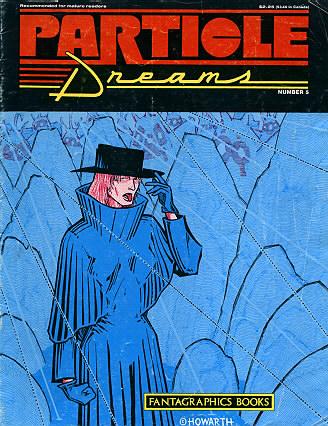The most recent work focuses on the storage of information in states of optical solitons, the transformation of these states when solitons collide, and the computational power of solitonic systems. The long-term goal is the construction of a new kind of computer using soliton collisions, as well as the basic understanding of information processing in nonlinear waves. The most recent work is reflected in the following papers.

"Particle Dreams" #5, Matt Howarth, Fantagraphics Books, 1987.